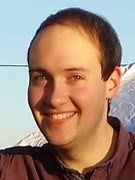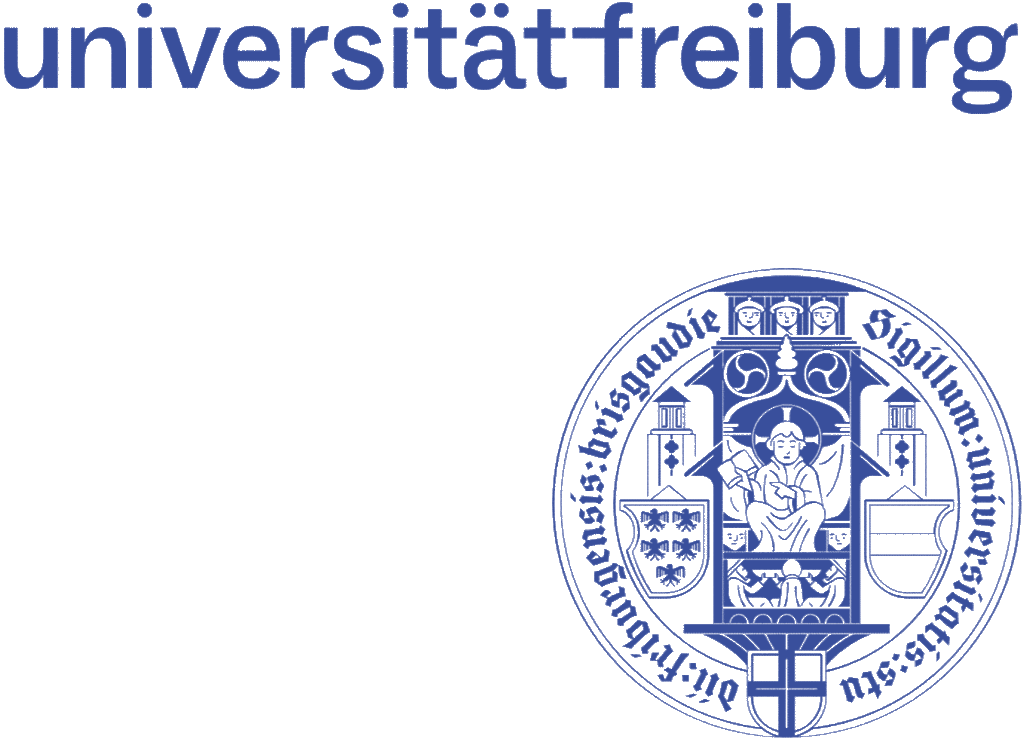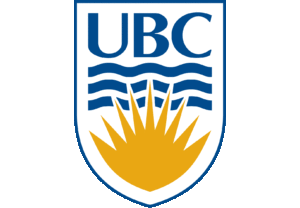
University of Freiburg
Institute of Physics
Experimental Attosecond and Strong Field Physics
marvin.schmoll(at)physik.uni-freiburg.de
Investigation of Continuum-Continuum-Transitions in XUV photoionization
Resolving electronic dynamics within atoms and molecules has always been a challenge for physicists since these dynamics take place on the attosecond time scale. (Note that in the Bohr model of hydrogen, the orbital period of the electron is about 150 as). Thus, attosecond pulses are required to probe these dynamics with sufficient resolution.
Advances in the last decades have shown that it is possible to create such attosecond pulses in the extreme ultraviolet (XUV) spectral range via High-order Harmonic Generation (HHG). This is achieved by focusing by focusing an intense infrared (IR) femtosecond pulse into a gas target. This discovery and the surrounding methodology has recently been awarded the Nobel Prize in Physics.
One of the metrology techniques mentioned by the Nobel Committee is RABBITT (reconstruction of attosecond beating by two-photon transitions). In RABBITT, atoms are ionized by the XUV radiation, and the resulting free electron interacts with the generating IR field, creating sidebands in the photoelectron spectrum. These sidebands oscillate when varying the phase delay between XUV and IR. The phase on that oscillation depends on the phase of the harmonics and the atomic phase, consisting of Wigner phase and Continuum-Continuum-Phase.
In standard RABBITT, the two contributions to the atomic phase cannot be separated. To address this, a modified RABBITT technique is being implemented. Instead of using the 800nm beam, which also generates the XUV, as a probe, the new method shifts the probe to 1200nm using an Optical Parametric Amplifier (OPA). This modification results in the appearance of two sidebands between the harmonics, allowing for the specific extraction of the Continuum-Continuum-Phase originating from the IR interaction.



